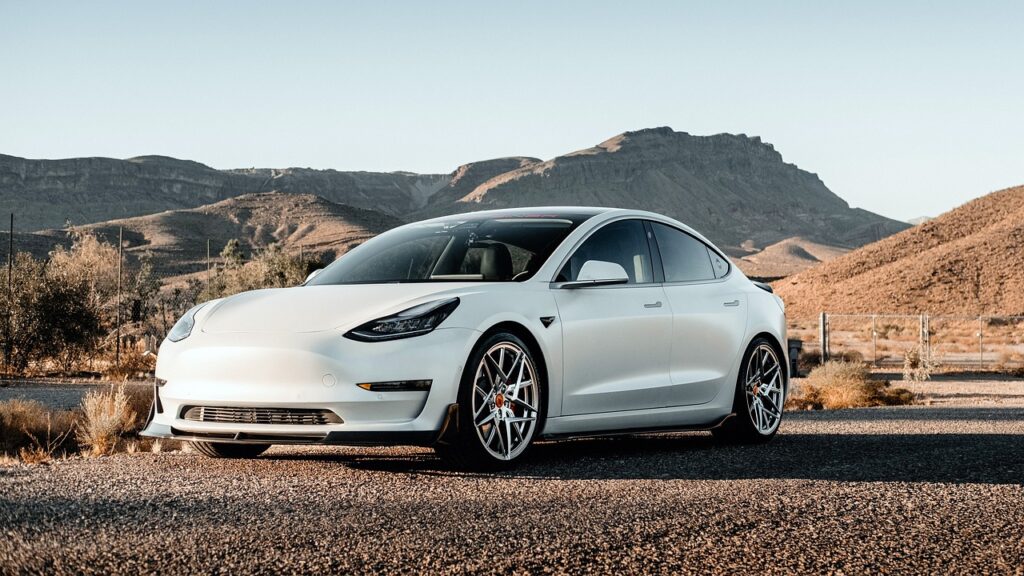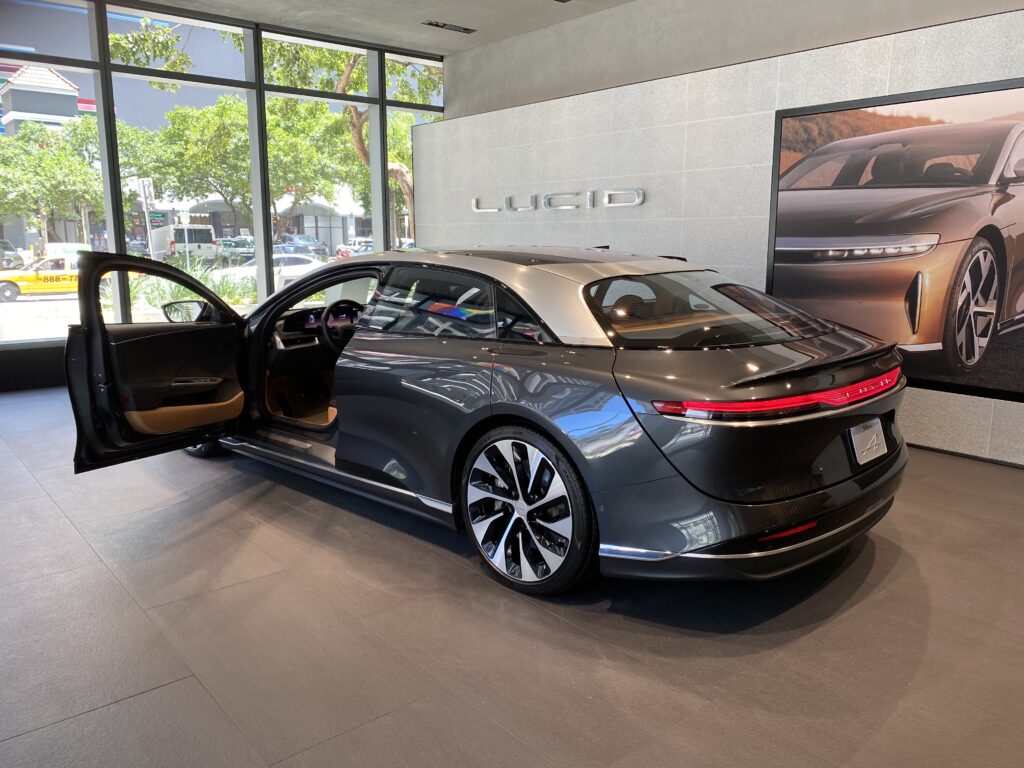In an electrifying twist that has caught the attention of the automotive and tech communities alike, Tesla cars, once heralded by CEO Elon Musk as vehicles that would appreciate rather than depreciate in value, have taken an unexpected turn on the market. The saga began in 2019 when Musk made the bold assertion that Tesla vehicles would rise in value over time, attributing this potential increase to the company’s ambitious plans for full self-driving (FSD) capabilities. Fast-forward to the present day, and the reality paints a strikingly different picture.
Musk’s vision hinged on the idea that with some additional software updates and necessary regulatory approvals, today’s Teslas would morph into fully autonomous vehicles. This would transform them into assets capable of generating income by working as taxis, thus significantly increasing their worth. In the words of Musk during Tesla’s third quarter 2023 earnings call, “You can think of every car we sell or produce that has full autonomy capability as something that in the future may be worth five times what it is today.” Additionally, he suggested that Tesla’s driver assistance suite might alone be worth $100,000 in this futuristic scenario.
The landscape in 2024 shows a stark deviation from Musk’s predictions. The average used Tesla Model 3 is now selling for $29,000, a figure far removed from the anticipated appreciation. Moreover, the regulatory green light for FSD remains elusive, further distancing reality from Musk’s vision. The depreciation of used Teslas has been influenced by various factors, including Tesla’s aggressive pricing strategy for its new cars, which in turn has affected the broader market for electric vehicles (EVs).

Indeed, Tesla’s dominance in the EV market has waned, from commanding 80% of all EVs sold in America in 2020, to a market share that dipped to 55% by last year. This decline came as competitors like Ford, Hyundai, Kia, Audi, and Volkswagen introduced their own EVs, offering consumers a broader selection. In response, Tesla implemented price cuts on its new vehicles, a move that inadvertently applied downward pressure on the resale value of used Teslas. The price of a used 2021 Tesla Model 3 sedan, for example, dropped about 29% over the past year, in stark contrast to the general depreciation rate for vehicles of the same model year.
The repercussions of these price adjustments have been felt not just by individual Tesla owners, who have seen the value of their investments plummet, but also by corporate entities like Hertz. The car rental company announced the sale of 20,000 electric vehicles, most of them Teslas, as the dwindling resale value of these cars has impacted the bottom line.
As the EV market continues to evolve, Tesla’s pricing strategies and the elusive dream of full self-driving capabilities have stirred the waters, leading to significant shifts in the value proposition of owning a Tesla. Far from becoming the appreciating assets that Musk envisioned, Teslas have become emblematic of the volatility and unpredictability inherent in the rapidly changing automotive landscape. As we move forward, the saga of Tesla’s depreciation serves as a poignant reminder of the gap that can exist between visionary predictions and market realities.
Related posts:
Musk said Tesla cars would rise in value, but the opposite happened
Musk said Tesla cars would rise in value, but here’s what really happened





